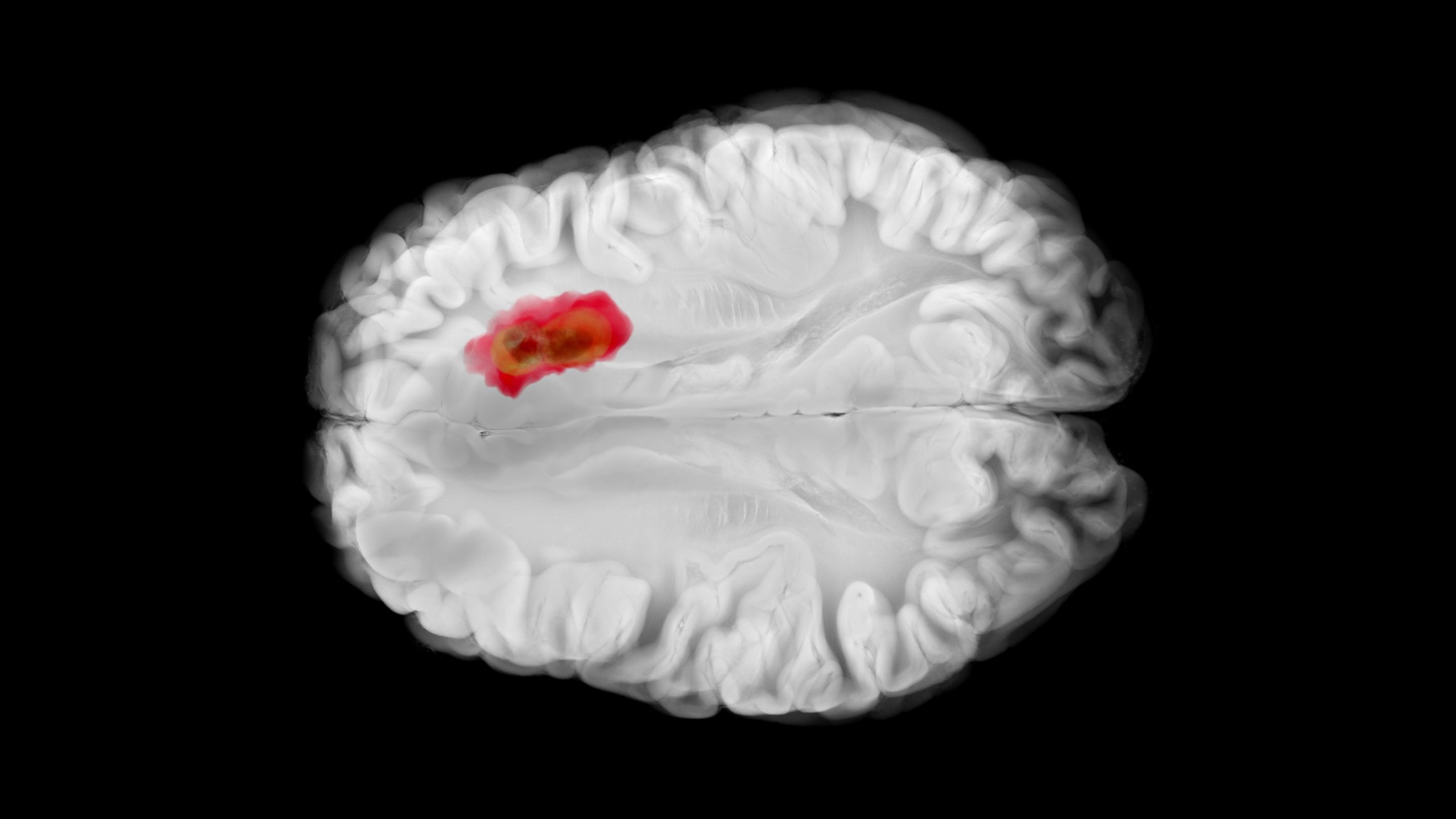The term sport allows a whole range of interpretations, especially in terms of the form of execution: from soft and cool to exhausting, even exhausting. For every athlete, however, it means to perform at his or her best, a performance that consists of numerous parameters. In a nutshell, performance can be seen as the sum of personal performance + one’s own willingness to perform (soma and psyche).
In performance diagnostics, an attempt is made to quantify performance by means of suitable tests. Basically, there are two ways to perform this quantification: Either sport-specific investigations are carried out or an attempt is made to determine individual components of the sport in question in isolation. The first research approach is difficult in that there is often a mixture of conditional, technical, and other factors in such a test, and these different factors cannot be separated in test interpretation. Therefore, when scientificity is required, one usually prefers to measure the different components in isolation. As expected, the psychological, technical and tactical factors are much more difficult to measure than the purely physical ones.
There are countless tests that are used depending on the “school opinion”, infrastructural possibility and effective question (Tab. 1).

Anaerobic endurance tests
The ability of human muscles to perform high work for short periods of time also plays an important role in everyday life. The measurement of this property, based on the supply of indispensable ATP – without the help of oxygen – was first developed by the Italian physiologist Rodolfo Margaria in 1966. The Margaria test is considered the most reliable method for determining anaerobic alactacid performance and fast leg strength. This involves sprinting up a flight of stairs at maximum speed with a short run-up of three steps. For adults, the time between the third and the ninth step of the staircase is measured using light barriers or contact mats. From the time covered and the height of the steps, the force development can be calculated in watts.
The Wingate test is another anaerobic test procedure that is widely used, especially in studies of training effects. In this test, the athlete is maximally utilized within a short time (30 sec.) on a bicycle ergometer. The power is increased as a function of body weight. Maximum power is recorded as a function of speed, with resistance set at approximately 7.5% of body weight. With such a high load, the athlete reaches maximum power shortly after the start of the test, which then drops off after reaching the maximum value until the end of the test. The maximum power (peak power – PP) should be identical to the maximum alactacid power. In addition to the peak power, the average power within the 30-second interval, the so-called mean power (MP), is also measured. The lowest power value, the Lowest Power (LP), is also one of the recorded parameters.
The Force-Velocity Test has also been scientifically validated. The test involves a 10-second test of the force and velocity of the object. sprinting on a bicycle ergometer against a braking force of 20 newtons (N).
Aerobic endurance tests
In view of the proven health-promoting effects of endurance-based activity, estimation of endurance capacity is not only indicated for competitive athletes, but is also useful for normal individuals who are hardly trained. Most of the currently common endurance performance tests are so-called step tests, in which the load is increased within certain time intervals (by means of speed and/or resistance). In addition to mechanical variables, biological parameters in the blood are also determined simultaneously at the end of each load stage, such as heart rate and lactate concentration. Respiratory values can also be determined during spiroergometry. These determined parameters are then related to each other in order to draw conclusions about the subject’s performance. Often a subjective factor is also determined in these measurements; for example, the Borg scale is used to measure the sensation of stress.
In practice, submaximal tests are often chosen in which one does not have to fully exert oneself. This largely eliminates the motivation required for this. Field tests are also “in vogue”.
These measurement methods are generally aimed at determining the so-called anaerobic threshold. This is the highest possible work intensity at which the blood lactate level is maintained for at least 20 min. remains constant.
But let’s take a look at history: despite certain scientific caveats (the power required to determine VO2max is well above the anaerobic threshold), spiroergometry remains the gold standard for measuring endurance performance. The determination of the maximum oxygen uptake VO2max is also the reference value in scientific publications. Spiroergometry is one of the oldest sports medicine examination methods for testing the general physical performance of the cardiovascular system. The measured respiratory parameters are used. Maximal oxygen uptake is the measure of the maximum functional capacity of the total O2 transport system and is used to assess aerobic training status and endurance capacity. Spiroergometry must be left to specialized centers because of the considerable technical effort involved, even though mobile measuring devices are available nowadays that allow it to be used in the field.
The lactate level test can be called one of the market leaders among the tests. Usually performed indoors on a cycle ergometer or treadmill, after 3 to 5 min. increased the work. After each stage, heart rate, lactate concentration and load sensation are determined and for the evaluation their course is correlated to the work. Anaerobic threshold is determined by different methods (4 mmol threshold, etc.).
In 1982, the Italian scientist Francesco Conconi presented another method for determining the anaerobic threshold, a method that led to the Conconi test. He developed a protocol in which the work per level is kept constant rather than the time per load level. The heart rate serves as the measurand, whose increase is initially linear with the power, but then suddenly kinks and is sub-proportional. The inflection point should indicate the anaerobic threshold. The great advantage of this procedure is the simplicity of its implementation. However, this method is scientifically quite controversial and is therefore not used at all in some countries.
Force tests
When the positive effect of physical activity on health is mentioned, it is mostly about aerobic endurance. Based on the latest findings, one could also claim somewhat provocatively today that many people usually lack not endurance, but strength. Recent research shows that muscle strength has long been a neglected prognostic factor for health. All the positive effects attributed to endurance training can be achieved at least as well or even better with strength training. Strength training lowers blood pressure, protects the heart, blood vessels and joints.
Thus, similar to the other condition factors, it might be useful to measure a subject’s current strength. This is possible, but complex and very different: simple practical test with calibrated weights up to apparative measurements. It is important to note that the simple clinical tests are of little value in healthy athletes. Deficits can only be really felt with differences of more than 25%. Apparative measurements are complex, mostly single-joint and not very specific in terms of the type of movement (isokinetics). But this is the only way to quantify lateral differences, imbalances between agonists and antagonists, maximum strength, fast strength, strength endurance and jumping power. We would like to emphasize the basic strength test for the trunk muscles. From a purely pragmatic point of view, however, these force measurement tests tend to belong to the activities of specialized centers.
In practice, no useful tests for assessing speed, agility, and coordination have yet become established.
There are numerous pragmatists who – certainly not entirely unjustifiably – take the view that ultimately the only true test of performance is the competition itself. But for location determination and training control, scientific studies are useful.
HAUSARZT PRAXIS 2016; 11(9): 4-5












